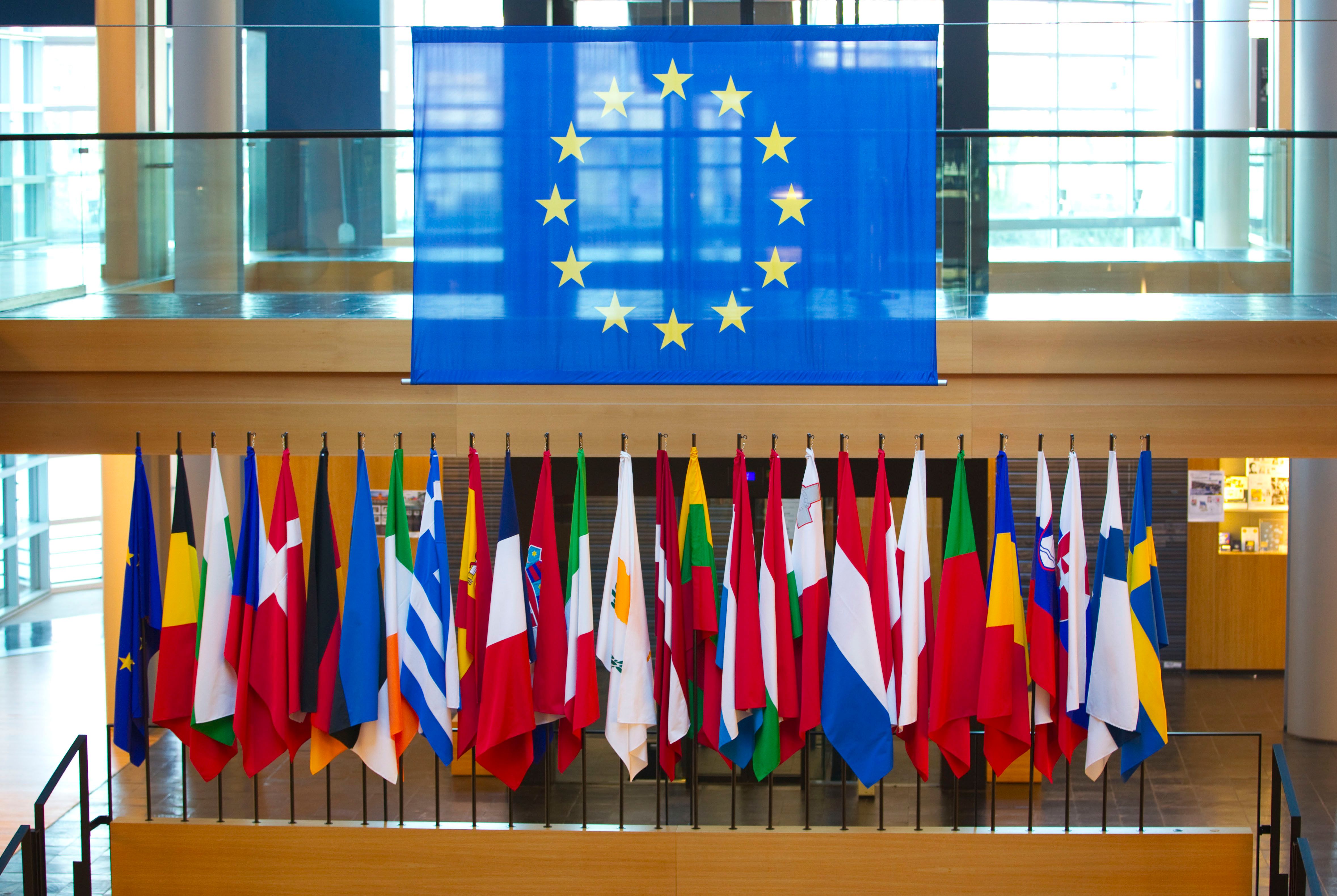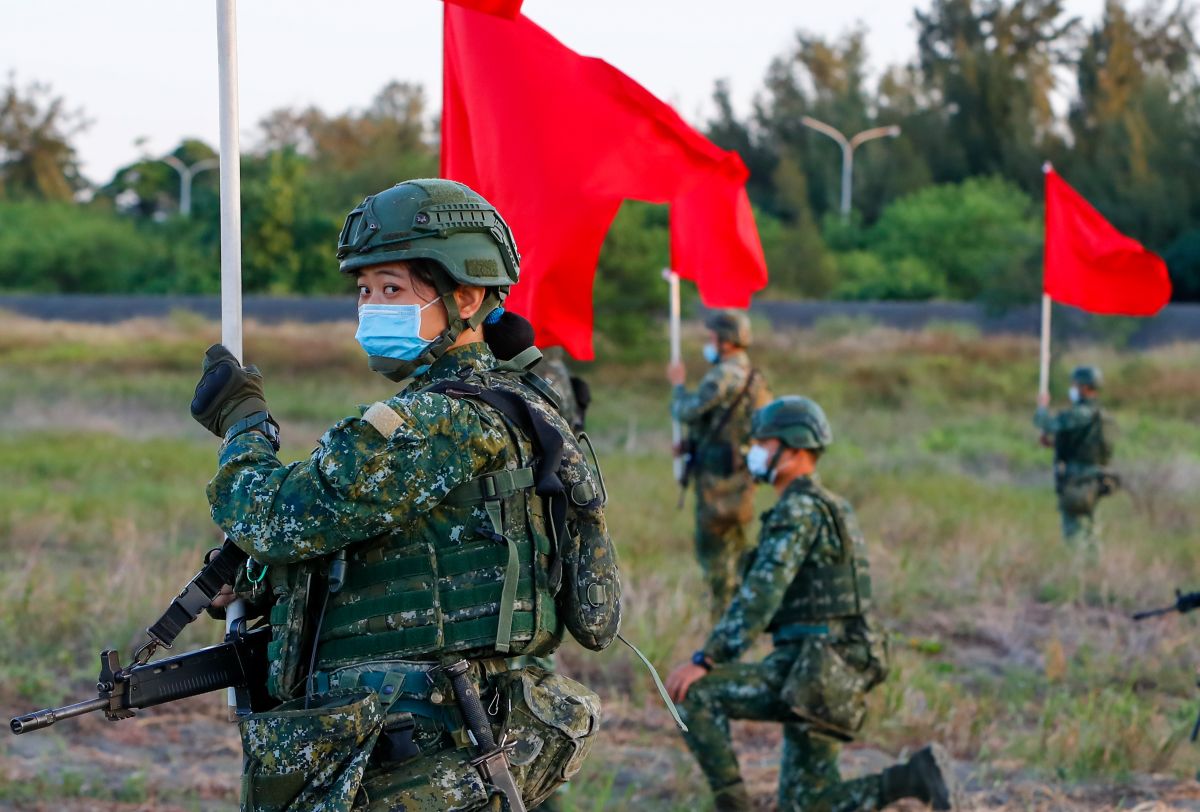The EU's Search for a Response to External Economic Pressure
The European Commission’s (EC) proposed anti-coercion instrument aims to make better use of the EU’s economic strength to resist economic pressure on the Union or its members. It could increase the political weight of the bloc and have a positive impact on the cohesion of the single market. However, the challenge is to ensure that its application is effective, swift and politically controlled, and to strike a balance between the need to protect Member States from economic coercion and to discourage them from engaging in politically controversial initiatives in expectation of EU support.
 YVES HERMAN/ Reuters/ FORUM
YVES HERMAN/ Reuters/ FORUM
February saw the end of the public consultation on the draft of the regulation on the instrument to protect against coercion announced by the EC in December 2021. Promoted by EC chief Ursula von der Leyen, the initiative is intended as a response to third countries using trade and investment “as a weapon” against the Union and its Member States. The immediate impulse for its announcement was China’s intensification of economic pressure on Lithuania in late 2021 to try to force it to abandon the strengthening of relations with Taiwan, which also indirectly hit companies from other EU countries due to the inclusion of an import ban on products from Lithuania and from other EU countries if they contained Lithuanian components. However, the EU has faced other kinds of such pressure before. In recent years, the Union faced a Russian ban on imports of dairy, meat, fruit, and vegetables from, among others, Poland in retaliation for the sanctions imposed after the 2014 annexation of Crimea, or the 2018 U.S. tariffs on steel and aluminium aimed to induce the EU to conclude a trade agreement with the U.S. on more favourable terms to it.
Project Highlights
The objective of the instrument is to prevent and react to measures that seek to press the Union or its members into changing their policies. Thus, it will cover tariffs, import quotas, and other areas, for example, discriminatory controls and refusals to grant authorisations to economic operators, as well as informal boycotts of EU goods or investors supported by a third country. In response to these measures, the EU will impose its own sanctions on third countries, individual companies, or individuals. The range of sanctions is set to be broad, including export and import quotas and licences, payment restrictions, bans on participating in public tenders, or restrictions on investments in the EU, the use of intellectual property rights and participation in EU research programmes. Increased flexibility will allow for better tailoring of sanctions to a given case, potentially increasing the effectiveness of the instrument.
The EC will be able to act on its own initiative or at the request of, for example, a country or an EU company. Before imposing sanctions, the EU will have to try to find a solution through negotiations or by using, for example, mediation or international adjudication. This should make it possible to stop disputes from escalating if the coercion stops voluntarily, although it may delay the response to pressure. It also will be possible to coordinate actions under the instrument with third countries and in multilateral formats.
An important element of the proposal is the treatment of the instrument as a trade policy tool. This will make it possible to adopt the regulation by qualified majority instead of unanimity and to give the EC the right to decide autonomously on sanctions. In turn, a qualified majority of EU members opposing the Commission’s action (reverse qualified majority) will be needed to stop them.
Views of EU Members and Business
The regulation is particularly supported by France, which hoped to adopt it during its presidency of the Council in the first half of this year. President Emmanuel Macron sees it as a means to build the Union’s strategic autonomy and make the EU a more important force in international relations. Germany also views the instrument favourably. As only a qualified majority is needed for its adoption, the voting power of both these states in the EU Council increases the chances of this happening.
Finland and Italy, among others, are sceptical about the instrument, while some smaller EU members—the Nordic states, Czechia, Estonia, and Ireland—are critical of it. In the latter group’s opinion, due to the broad coverage of cases that could result in EU sanctions, the regulation could be used for protectionist purposes. They are concerned about the effects of sanctions imposed under the instrument on the economies of Member States and whether its application will lead to an escalation of disputes instead of effective deterrence. There are also voices that entrusting the Commission with extensive sanctioning powers will give its officials too much power in the area of external policy.
Business sees the new regulation as a tool to protect its interests, although it also fears an escalation of disputes and expects a mechanism to compensate for losses incurred as a result of implementing sanctions on the basis of the regulation.
Towards a Coherent System
The EC proposal seeks to complement the existing system for responding to third-country actions. This has so far been geared towards protecting the EU from third-country sanctions contrary to international law (the so-called blocking statute of 1996) and, more recently, towards protecting human rights (the European Magnitsky Act of 2020). The instrument is also part of the EC’s broader efforts to resist external economic pressure more effectively. These include initiatives to reform the WTO, investment screening, a 2021 proposal to reform the blocking statute and the creation of mechanisms to defend against third-country sanctions using payment systems, such as INSTEX, used to circumvent U.S. sanctions on entities trading with Iran.
The broad catalogue of third-country measures to which the Union seeks to respond also will allow it to react to economic coercion not covered by the existing sanctions regime. The draft, however, does not address the issue of how the EU will act in cases where the coercion simultaneously contravenes international law and, for example, is also covered by measures provided for in the blocking statute (one such case could be sanctions imposed by a third country on EU companies engaged in trade with another country). This shortcoming may adversely affect the coherence of the system and cause delays in the choice of appropriate response measures.
Conclusions
The anti-coercion instrument may help protect the interests of the EU and its members. However, care should be taken to ensure its effectiveness (especially the speed of response to coercion attempts), which could be positively influenced by setting a relatively short deadline, such as two weeks, for an amicable solution of the problem before applying sanctions. At present, there is no such time limit, which means that third parties could, for example, drag out negotiations with the EC in order to delay the application of sanctions against them. It also would be advisable to define the relationship of the instrument to other tools available to the EU, in particular the blocking statute, and to create a mechanism to compensate businesses for losses, at least in the short term. Furthermore, in view of the potentially serious political implications of sanctions, it would be desirable to ensure greater control by Member States over their implementation (e.g., to enable their suspension after a blocking minority in the Council is gathered, rather than a qualified majority).
From Poland’s point of view, this instrument represents an opportunity to obtain stronger EU support in the event of economic pressure from Russia or other countries. However, the potential economic effects of introducing a number of sanctions based on the instrument at the request of other EU members should be borne in mind. Furthermore, the current wording of the instrument creates the risk that some EU members might take controversial foreign policy decisions, counting on solidarity from EU states in the event of possible economic sanctions from disgruntled third countries. An example of such a decision could be political and material support for a new separatist movement in another country, one on which the EU has not yet taken a position, in the name of supporting human rights and the right to self-determination. This makes it all the more necessary to exert stronger political control over the process of imposing sanctions or to specify in which cases the Union intends to use the instrument. Such clarification could consist of defining political interests not deserving protection or the level of unacceptable economic coercion that will be countered no matter what (e.g., coercion that would disturb the cohesion of the common market by striking at value chains within the EU, as in the case of the Chinese pressure on Lithuania).
If the instrument proves to be effective, the EU in the future could consider creating a mechanism to apply similar measures when the Union wants to support a country with which it has good relations without being subject to economic pressure itself, as in the case of Russia’s use of energy to pressure Moldova.




